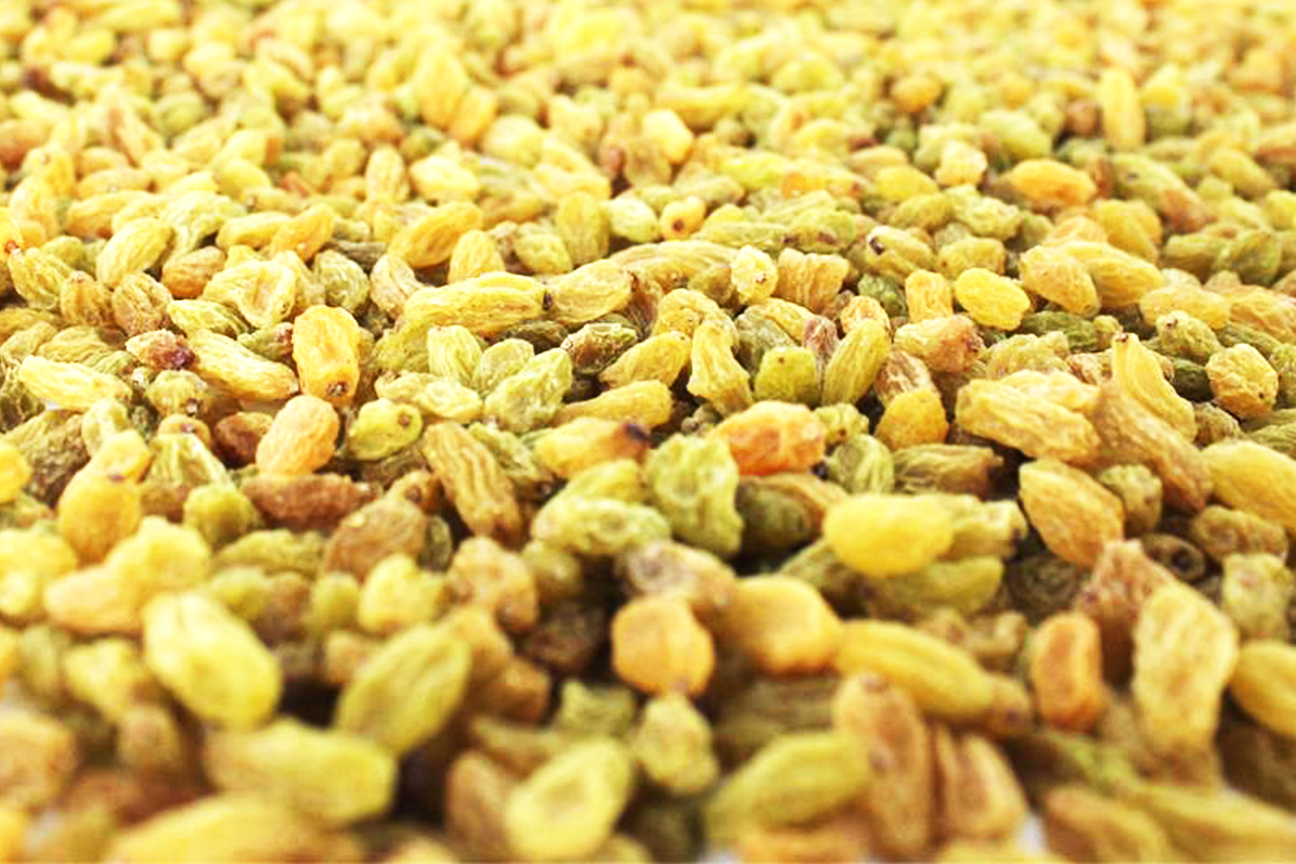Xinjiang Youlang Knowledge: Why can Turpan grapes be so sweet? It keeps workers out of their 30s. When it comes to Turpan, everyone thinks that the sweet grapes and cantaloupe are the raisin production base. Turpan is located in the Uyghur region of Xinjiang. Turpan has a harsh climate and extremely low rainfall. In addition to the long sunshine time, the evaporation rate of rainwater is very fast, which makes the fruit trees grow more fertile on the land. Turpan's annual precipitation is not much, plus the rapid evaporation, so where does the water in the vineyard come from? The reason is that Turpan has a well, which drains the well to the orchard.

Kanjinger is considered to be one of the three major projects in ancient China, and the other two are the Great Wall and the Beijing-Hangzhou Grand Canal. Because of its unique climate and terrain, Kanjinger has been fully utilized. There are many origins of Kanjinger, and everyone's opinions are inconsistent. Today I will take you to understand the history of Kanjinger. Kanjinger simply means acupoint. It was once recorded in the historical record, at that time it was called "well channel". Kanerjing is a special water conservancy project in the desert area, especially in Turpan, Xinjiang. It is widely used, with more than 1,100 in use and more than five kilometers in length! There is a reliable guarantee for the stable supply of water.
Kaner well has four main parts, namely vertical shaft, hidden channel, open channel and waterlogging dam. It is a very old horizontal water collection structure, especially suitable for special areas such as mountainous areas and alluvial fans. Kanjinger's design system is to intercept the accumulated water in the ground, and then use gravity to transport the water from the bottom to the irrigated farmland or provide water for the family. As a domestic water, an ancient idea was invented in the ancient times, which can fully The editors really admire the wisdom of the ancients. Normally, a well does not have only one vertical shaft, there can be more than a few hundred. The shallow vertical shaft is only one meter deep, but the deep one is more than 100 meters. This was in ancient times, but I don’t know how much manpower and material was spent. Build a well. The closer it is to the water source, the deeper it is. The role of the shaft is to open the passage of the culvert. Moreover, the shaft is specially designed with a channel similar to the elevator with lifting function, which allows workers to transfer up and down, which is more convenient for workers.
The key to Kanjinger's entire system is the culvert, which is used to drain underground water to the surface, which is equivalent to an underground pipeline. It is said that if the trencher has been engaged in this project, there has always been a magic spell, that is, the trencher is generally not more than 30 years old. Xiaobian's hope is not true. If it is really like what he said, how many people will have to be sacrificed in exchange for today's happy life. Therefore, the system engineering of Kanjinger is a great project. Many people sighed that Kanjinger, as the name implies, is a storage pond, and its function is to keep one side in need. It can be adjusted regularly according to the amount of water and is easy to use.
The great project of Kanjinger is controversial and is said to have been passed in from Persia. There are already records of Persians coming to Turpan to build brick towers, but it is said that Kanjinger had been there more than 400 years ago. According to the records of the Emperor Han Wudi, there were already records of wells and trenches during the Emperor Han Wudi, and specific historical data confirmed this statement. Another way of saying is that the locals created and invented. Because they must overcome the drought when developing agriculture, and the ground lacks water, the locals have to figure out a way to irrigate, so they dig the kanjinger on the ground, only the kanjinger is formed until we see it now. That's it.
At present, there are still Kan Jinger in many areas of Xinjiang, and local people have been using it. This is a great creation left over from history and culture. No matter what reason the name of Kan Jinger is named, we must all Respect the great wisdom of the ancients. The culture of Kanjinger has been passed down and continued.